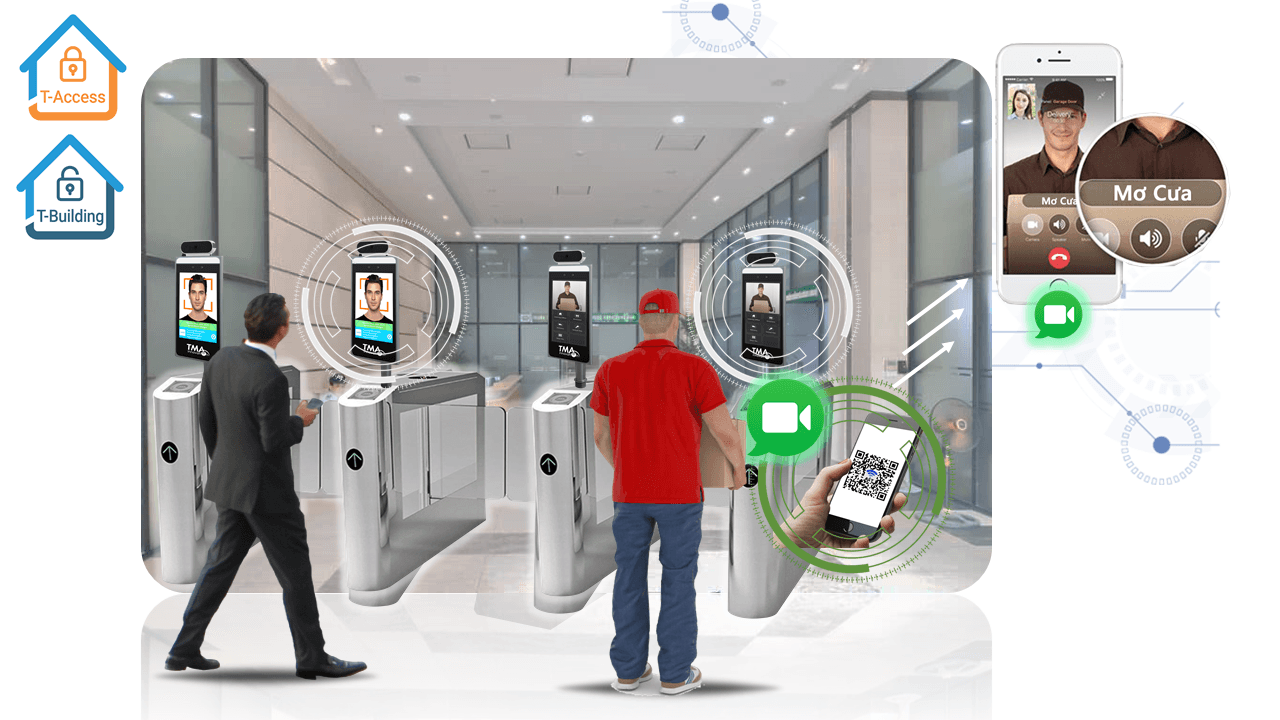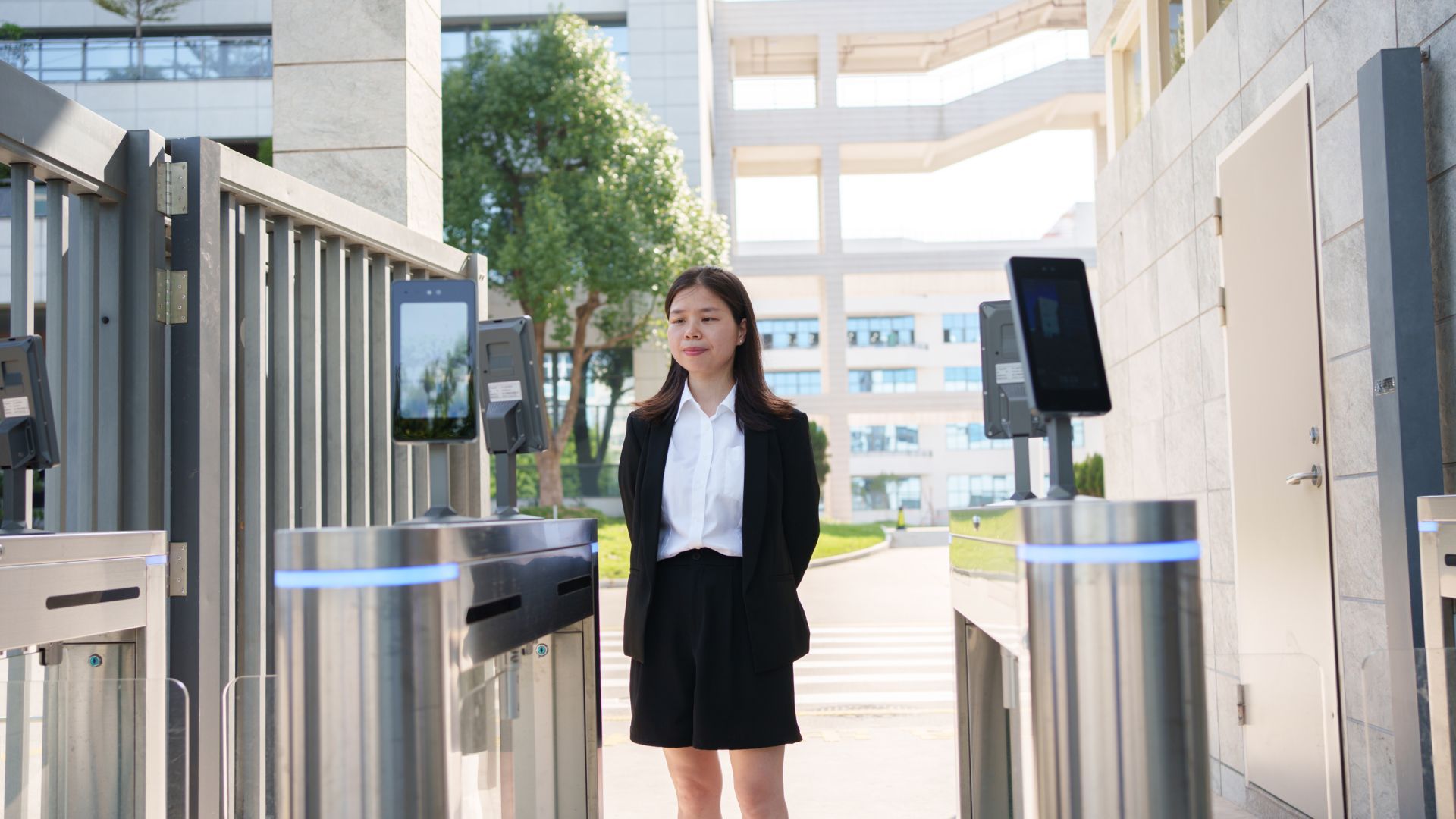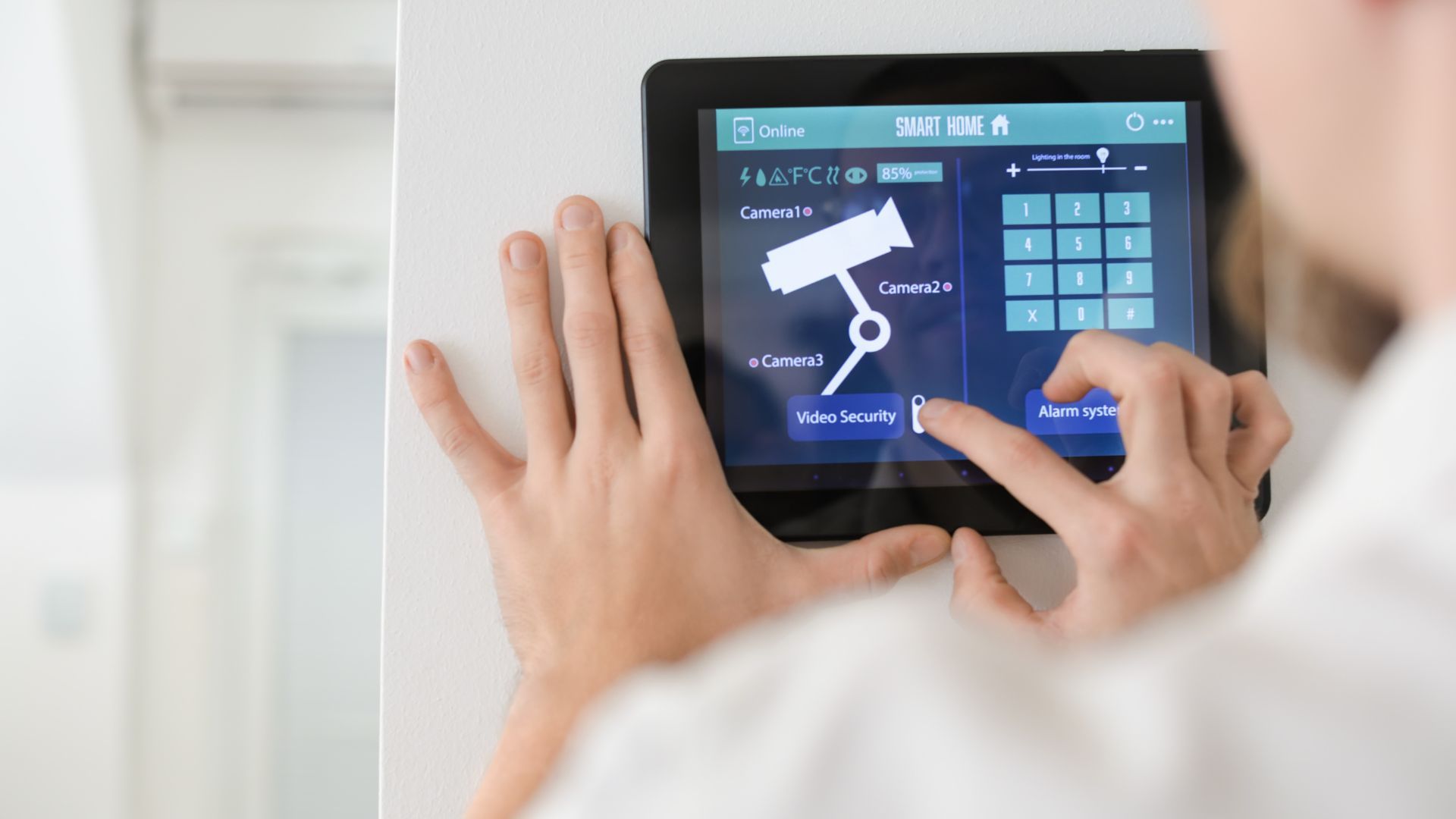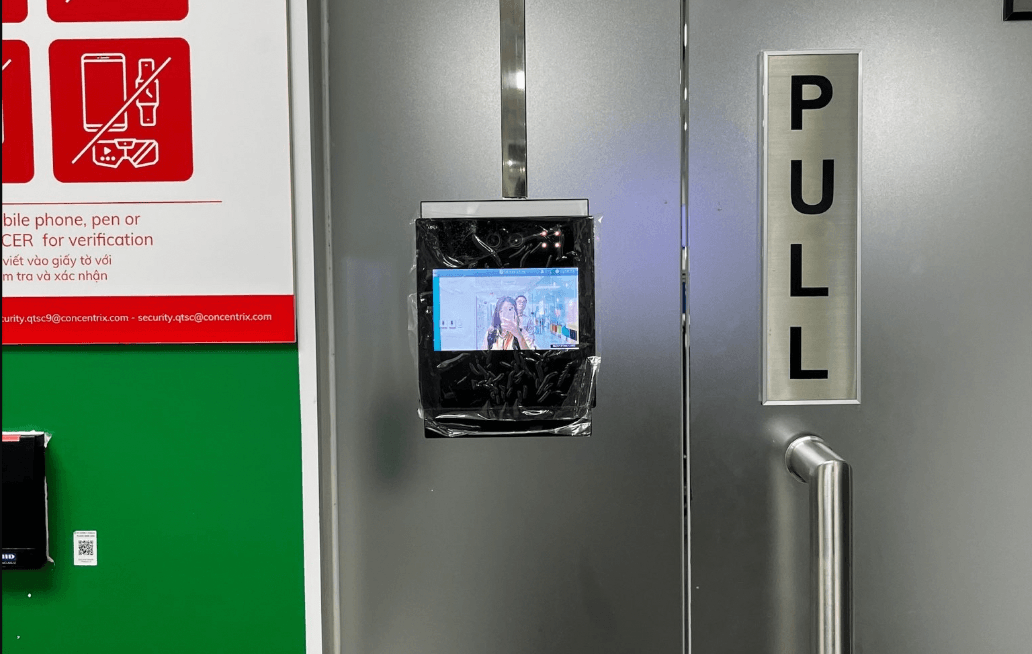Access control solutions using face recognition vs. magnetic cards
19/7/2023
Currently, most buildings are applying security and access control with magnetic cards. However, the face recognition access control solution is also being more commonly applied thanks to its superior features. So which solution is the better choice?
Access control authentication method: Face ID vs. Magnetic card
Security
When it comes to magnetic card systems, they fall short of providing the level of security that face recognition systems can offer. In certain cases, magnetic cards make it relatively easy for outsiders to gain unauthorized access to the building. Whether it's through borrowing a card or stealing one, cards can pose significant risks to the overall security of buildings.
In contrast, the facial access control system ensures absolute accuracy, helping to prevent fraud when entering or leaving. When an individual wants to enter a controlled area, the smart control system searches the database and determines whether the person can enter or not.
If they are granted access, the system records the time along with the individual's identity for future retrieval. The system is also built to provide the ability to add or revoke access instantly. This allows for greater security and automates the process of adding or removing users.

Control guest access with Face ID
Convenience
Magnetic cards are known for their simple and easy-to-use system. The use of magnetic cards has become popular. However, the facial recognition system is far superior in terms of convenience when compared to magnetic cards.
Face-recognition access control offers swift and accurate identification, requiring only a quick pass by the machine to promptly recognize the user. Unlike traditional methods that require users to carry a physical card or struggle to find it when unprepared, users can now enter the building with complete confidence by simply using their faces. The entire identification process takes a mere 3-5 seconds, ensuring a seamless and efficient entry experience.
In addition, the access control solution using face ID also solves some limitations users can experience when using magnetic cards, such as forgetting to bring or losing the cards, or being in a state of carrying without any hands free.
Health safety
After the COVID-19 pandemic, there has been a growing awareness of the risks associated with direct and indirect exposure in public places. Using cards for entry and exit, for example, involves frequent contact with shared surfaces and numerous card users, potentially facilitating the spread of flu and other epidemics.
When using a "no-touch" entry and exit system, including a feature to identify users when wearing masks, residents or employees will not have to touch cards and card readers, avoiding disease transmission.

Access control by face
Expense
When employing magnetic cards as the access method, building management boards face additional expenses. These costs arise from various factors, such as the need to produce more cards when new members are added or having to reissue cards for lost ones. Additionally, the equipment used with magnetic cards tends to experience higher wear and tear, leading to further maintenance expenses.
The initial investment cost to purchase and install a face access control system is higher than that of a magnetic card. However, due to its low-touch nature, the wear and tear of the machine is also lower compared to other access control systems.
Visual aspects
Implementing smart access control systems utilizing FaceID in buildings can help them showcase their application of advanced technology. This not only enhances aesthetics but also adds a touch of modernity, consequently increasing the overall value of the building. This can boost a building's reputation as a modern, forward-thinking facility, appealing to tenants, visitors, and customers who value and appreciate technology and its role in creating a sophisticated environment.

Applying technology to buildings
Conclusion
When comparing two solutions, depending on the needs and financial status of the business, either solution may be better. However, in the overall view, using an access control system using facial recognition will be the optimal choice for buildings to reduce risk, increase security, and improve the experience for residents and customers.
T-Access - Access control solution provided by TMA Innovation
T-Access is a smart security control solution for buildings and areas that need to manage employee and customer access. The system uses access control technology such as facial recognition, QR codes, or video calls to authenticate users' identities and grant access to authorized areas.
TMA Innovation hopes to have the opportunity to support your business in the application of smart entry systems in particular or solutions related to smart buildings & residential areas in general, thereby contributing more to smart city construction in Vietnam.

T-Access access control system at TMA Innovation

